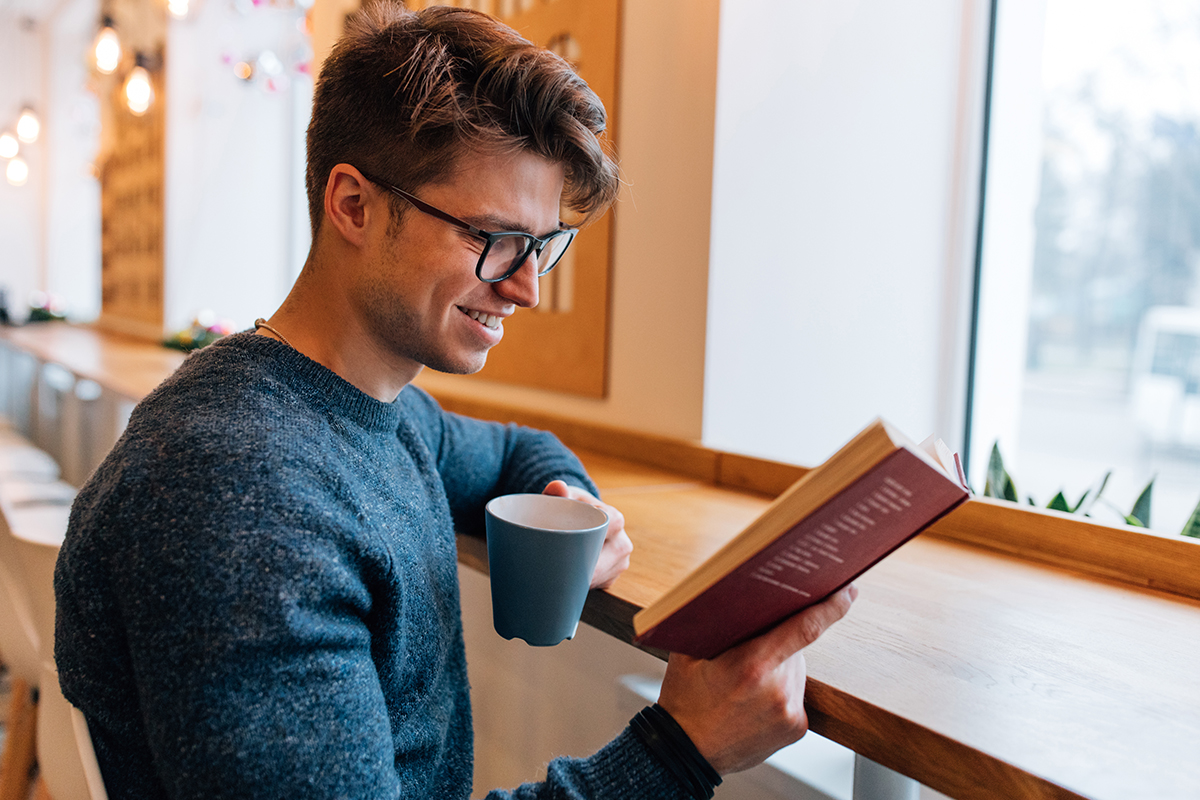German literature has come a long way from the classic works of the 19th century to modern authors who leave their mark on world literature. In the twenty-first century it is actively developing, combining traditional themes with new forms of expression. Modern writers, drawing on a rich literary heritage, create works that can already be called modern classics. Let us consider the key trends in German literature in recent years.
Literature of trauma and historical memory
One of the leading themes of contemporary German literature remains the rethinking of historical memory, especially those related to World War II, the Holocaust, and the division of Germany. Authors continue to explore these complex historical moments, often through personal and family stories.
‘Go, went, gone‘ (’Gehen, ging, gegangen”), Jenny Erpenbeck
In this novel, writer Jenny Erpenbeck explores the lives of refugees in Germany through the lens of the protagonist, a retired professor. He begins to immerse himself in the lives of migrants and realise the extent of their suffering, drawing parallels with historical memories and past traumas.
‘The Reader‘ (’Der Vorleser”), Bernhard Schlink
Bernhard Schlink’s novel explores the complex issues of guilt and forgiveness through the story of a young man’s relationship with a woman who worked in a concentration camp. The personal and the historical are intertwined, reflecting the hardships of the past and the moral dilemmas of the present. Schlink shows how the events of World War II continue to affect generations decades later.
Rethinking Identity and Migration Themes
Contemporary German literature often addresses issues of migration and the redefinition of cultural identity. With the development of migration processes in Germany, authors explore the lives of migrants and their descendants, touching on questions of belonging, adaptation and cultural conflicts.
‘Leyla‘, Feridun Zaimoglu
Feridun Zaimoglu’s novel tells the story of a young Turkish woman who moves to Germany. The author focuses on the difficulties migrants face in trying to adapt to a new society and explores the internal conflicts associated with cultural differences.
‘In times of fading light‘ (’In Zeiten des abnehmenden Lichts”), Eugen Ruge
In this novel, Ruge describes the lives of several generations of a German family going through the periods before and after the fall of the Berlin Wall. Through the fate of his characters, he examines issues of migration, socialism, and the search for identity in a rapidly changing world.
Experimental forms and new genres
Contemporary German writers are actively using innovative forms and genres. Experiments with narrative structures and linguistic techniques allow authors to create multi-layered works that attract readers’ attention with their unconventional approach. There is also a strong focus on new genres such as dystopias and science fiction.
‘The Land of Eternal Summer‘ (’Das Land der ewigen Sommer”), Rainer Müller
Rainer Müller is known for his experimentation with form. In this novel, he uses a complex narrative structure where reality and fantasy are intertwined. It is difficult for the reader to determine what is true and this creates a sense of disorientation, but it also gives the reader the opportunity to delve deeper into the characters’ minds and feel their inner feelings.
‘Metropole, Frank Schetzing
In this dystopian novel, Frank Scheetzing describes a future where environmental and social problems have changed society beyond recognition.This genre allows the author to focus on global issues such as climate change, inequality, and technological revolutions that present humanity with new challenges.
Contemporary German literature reflects the diversity of themes and genres, offering multi-layered and insightful works that can be called modern classics. Trends in recent years include rethinking historical memory, questions of migration and identity, as well as innovative forms and genre experiments.German authors continue to explore societal and cultural challenges, creating works that resonate not only in Germany but also beyond its borders.



